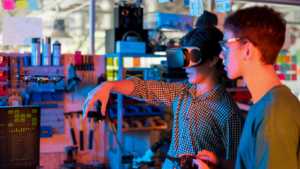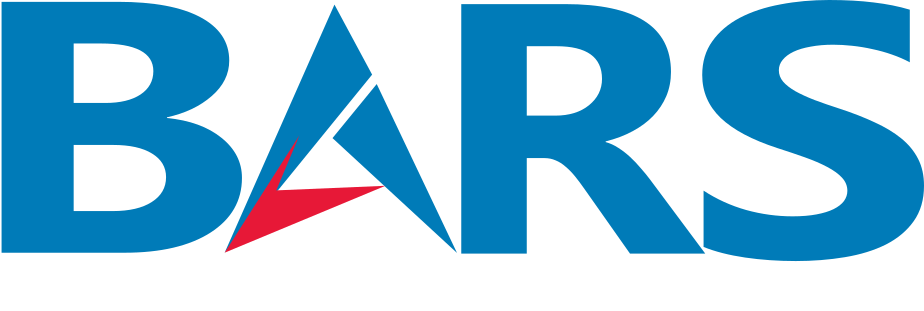Augmented Reality (AR) is revolutionizing industrial training, offering immersive and interactive experiences that enhance learning efficiency and worker productivity. In highly regulated and complex sectors such as manufacturing, logistics, and pharmaceuticals, AR training bridges the gap between traditional learning methods and real-world application.

How AR enhances Industrial Training
1. Interactive and Hands-on Learning
Traditional training methods often rely on manuals and classroom sessions, which may not effectively prepare workers for real-world tasks. AR allows employees to practice in a simulated environment, reducing errors and improving retention rates.
2. Real-time Guidance and Assistance
With AR-enabled smart glasses or mobile devices, workers receive real-time, step-by-step instructions overlaid onto machinery or workstations. This minimizes downtime, increases accuracy, and speeds up onboarding for new employees.
3. Cost and Time Efficiency
AR training significantly reduces the costs associated with physical training materials, expert-led sessions, and travel. Employees can access training whenever needed, leading to faster skill acquisition and operational efficiency.
4. Remote Training and Collaboration
Through AR, instructors can guide trainees remotely, providing real-time support and feedback. This is particularly beneficial for global companies looking to standardize training across multiple locations without requiring on-site trainers.
5. Safety and Risk Reduction
Industries such as oil & gas, chemical manufacturing, and heavy machinery require high safety standards. AR enables workers to train in a risk-free environment before handling hazardous equipment or situations, ensuring compliance with safety regulations.
Real-world Applications of AR Training
-
Automotive Industry: AR helps technicians learn assembly procedures and maintenance tasks without physical prototypes.
-
Pharmaceutical & Healthcare: AR supports training in laboratory environments, drug manufacturing processes, and surgical procedures.
-
Logistics & Warehousing: Employees use AR for real-time navigation in warehouses, inventory management, and optimizing supply chain processes.
-
Aerospace & Defense: AR assists in complex assembly, quality control, and maintenance of aircraft components.
As industries embrace digital transformation, AR training stands out as a game-changer, enhancing workforce capabilities while optimizing operational processes. Organizations investing in AR-powered training are not just improving efficiency but also future-proof
